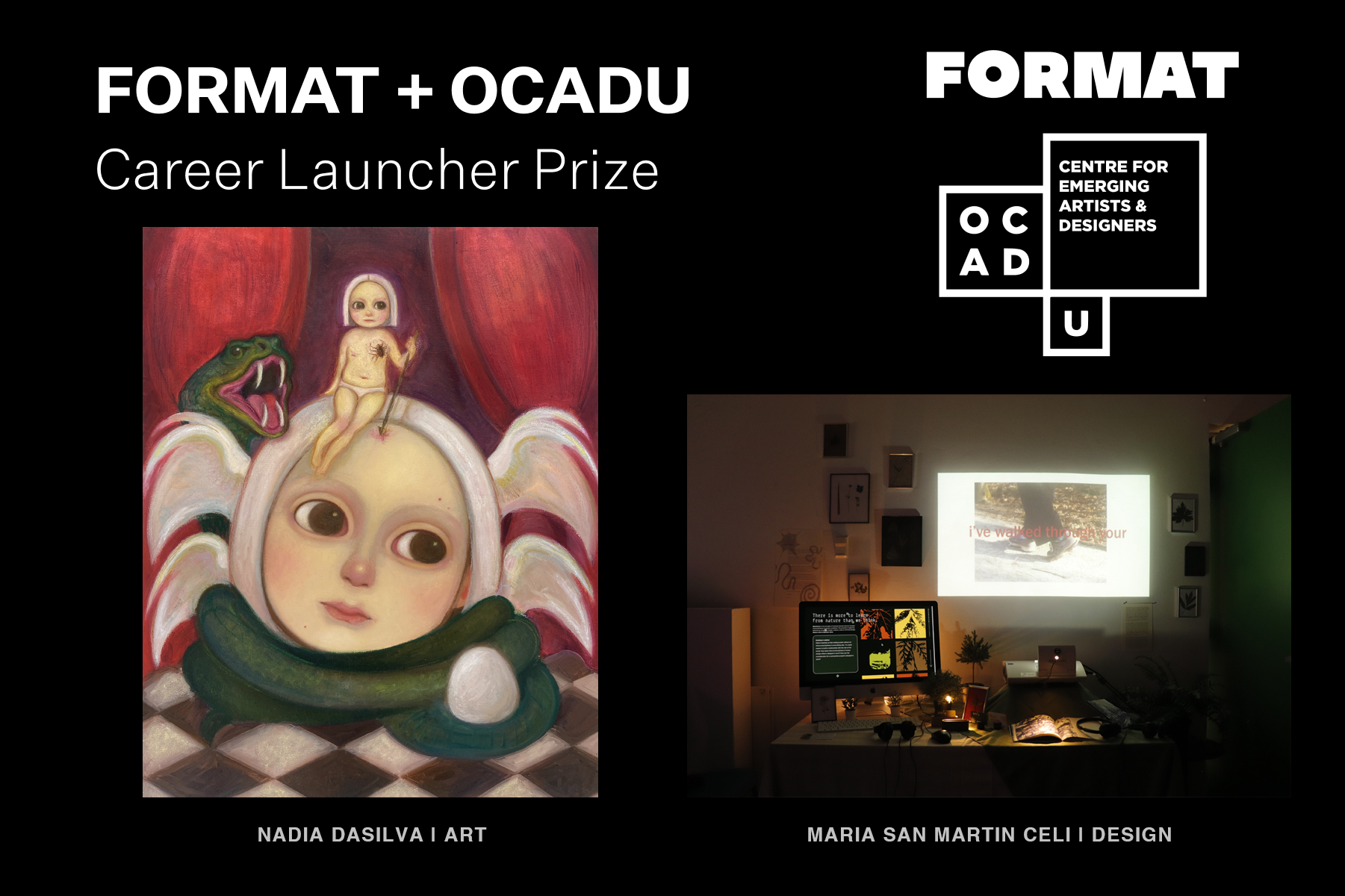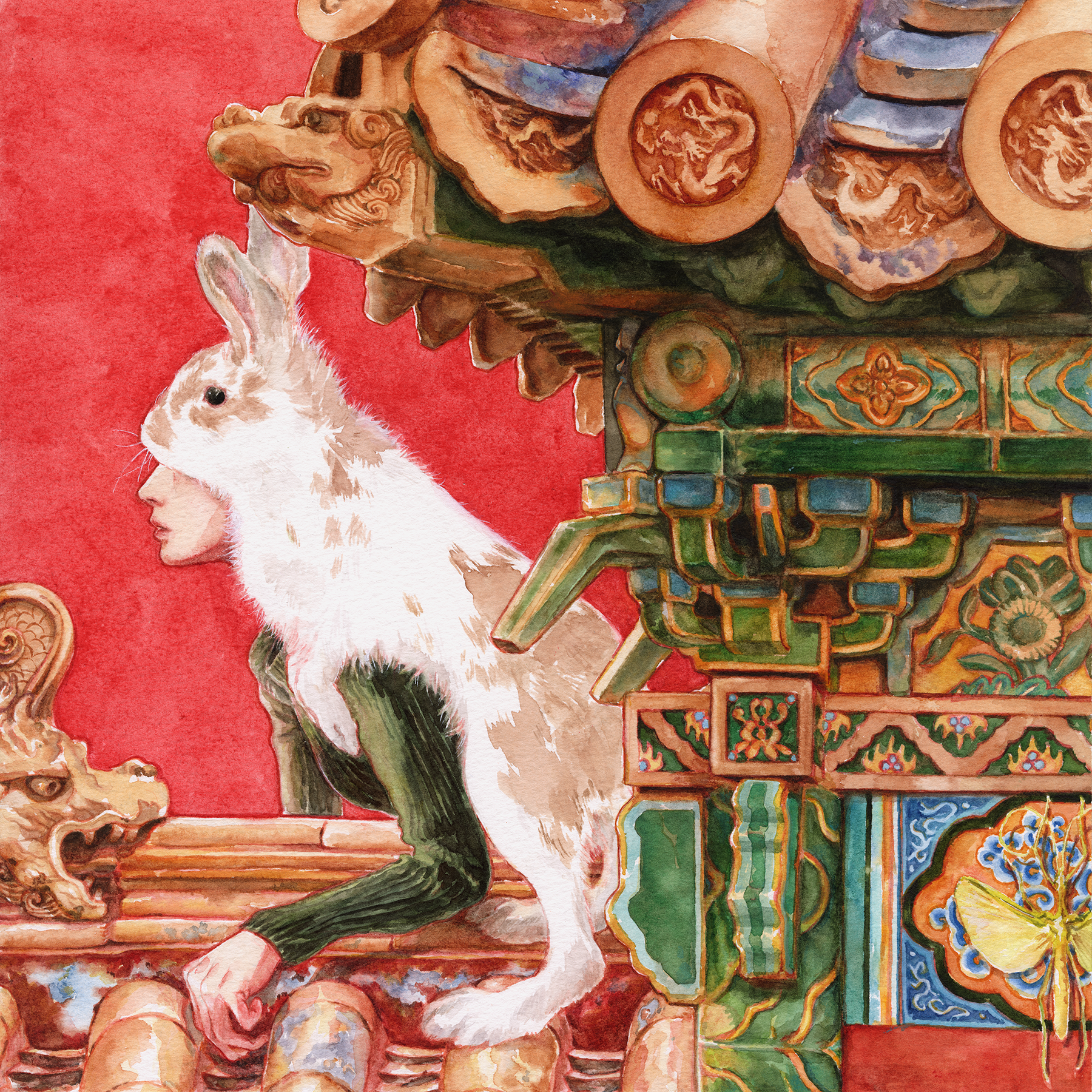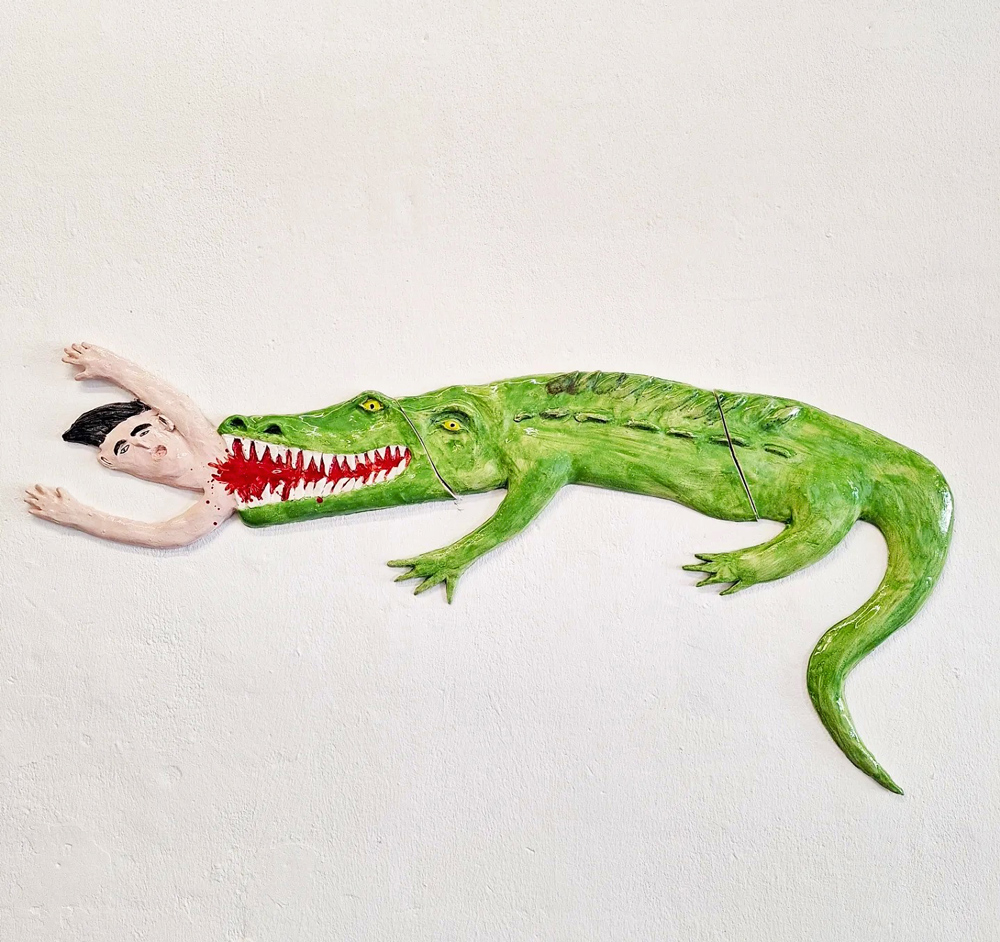What makes you a creative person? It’s a difficult question but there’s one undeniable influence on your ability to think outside of the box and it’s the woman who raised you. That’s right, studies show that your mother plays a big role in your creative thinking abilities later in life.
When researchers Muriel Michel and Stephanie Dudek interviewed the mothers of high and low creative children (as assessed by the Torrance Tests of Creative Thinking) they found that mothers of highly creative children “were less emotionally involved with their children than other mothers, less likely to be perceived as overprotective, and less likely to deny their feelings of hostility towards them.”
Mothers of high creative children were less emotionally involved with their children than other mothers, less likely to be perceived as overprotective, and less likely to deny their feelings of hostility towards them.
These mothers of highly creative children “were more self‐confident and self‐realized in their homes and had higher occupational levels than other mothers.”
According to their study, mothers who were more likely to leave children to their own devices, instead of becoming overly enmeshed in their lives, ended up having more creative offspring.
This might surprise “tiger moms” who are used to patrolling a child’s every move in hopes of leading them down a particular path. But instead of catering to a child’s every need, perhaps these mothers should think about stepping back and providing more space for their children to learn independently, take risks and explore new ideas.
Take a stroll down memory lane, do you remember playing by yourself as a kid and getting lost in your own fantasy worlds and pretend games? Those moments of freedom and play were probably most important in developing your talents and cultivating your creativity.
Further research about creative thinking supports this idea. In “Why Your Brain Needs Downtime,” Ferris Jabr breaks down how idleness, naps and breaks are the keys to increasing productivity, being more attentive and boosting creativity.
The [resting brain] is more active than is typical in especially creative people, and some studies have demonstrated that the mind obliquely solves tough problems while daydreaming—an experience many people have had while taking a shower.
Maybe you’re wondering how creativity is typically assessed. “Creativity” is one of those terms, like “happiness” and “love”, that encompasses so many things and can be defined in so many ways that it runs the risk of losing meaning all together.
For a long time, creativity was seen as genius, but current thinking emphasizes that everyone can be creative—it’s just that people are creative to different degrees.
Baptiste Barbot, an assistant professor at New York’s Pace University, said that instead of thinking of creativity as a monolithic characteristic, it’s important to think of it as a constellation of factors at a particular moment, influenced by both genetics and the environment (“What Makes a Family of Artists,” 2014)
Despite the lack of consensus on what creativity is, there is a lot of evidence that suggests that family is one of the most important influences on creative behaviours in early childhood. By fostering an open environment and offering flexible role models, parents can encourage the expression of creativity. When it comes to the relationship between a mother and child, it seems to play a particularly crucial role in the development of creativity.

With the maternal bond being undoubtedly one of the most intimate and influential relationships in a child’s life, it’s inevitable that the nature of the bond will colour your experiences of art and creativity in one way or another. It’s widely known that Vincent Van Gogh’s mother, who was an amateur artist, played a significant role in his decision to become an artist. She often shared her love of flowers and drawing with her son. Later on, Van Gogh also painted his mother in a work appropriately titled Portrait of the Artist’s Mother (image to the left).
Although Einstein is predominantly known for his work in mathematics and science, many don’t realize that he attributes his scientific insight mostly to daydreaming and music, something his mother introduced to him when she enrolled him in violin lessons as a child. At the time, he wasn’t enthused by the instrument and so his mum didn’t push him to continue further.
However, Einstein’s love for music strengthened in his teenage years and eventually he realized music became a driving force behind the intuition that led him to the theory of relativity. He once said to a friend, “When I examine myself and my methods of thought, I come close to the conclusion that the gift of imagination has meant more to me than any talent for absorbing absolute knowledge.”
For creative types, this intricate relationship often becomes the subject of exploration in powerful and illuminating pieces of work where mothers become models. Perhaps the most iconic portrait of an artist’s mother is American-born painter James McNeill Whistler’s depiction of a 67-year-old Anna Mathilda Whistler sitting elegantly in profile gazing into space. The work, best known as Whistler’s Mother, was painted in 1871 and has become one of the most well-known American artworks held outside of the United States.


[left to right] Work by James McNeill Whistler, Mickalene Thomas
In the 1970s, British painter Lucian Freud delved into this relationship and went so far as to spend 4,000 hours on a series of paintings depicting his mother. At Yale in the 2000s, American artist Mickalene Thomas began photographing her mother as a way to explore their estranged relationship. Thomas, who began her career as an abstract painter, later said it was a pivotal moment that “completely changed” her work.
Whether you’re a photographer or a scientist, an illustrator or a musician, creativity plays an essential role in every occupation to solve problems, complete tasks and come up with new ideas. If you’re lucky enough to be in a profession that allows you to exercise your creative muscle, perhaps you can thank your mama for giving you enough freedom to pursue your interests and allowing your creativity to blossom on its own.
Header image via Unsplash












